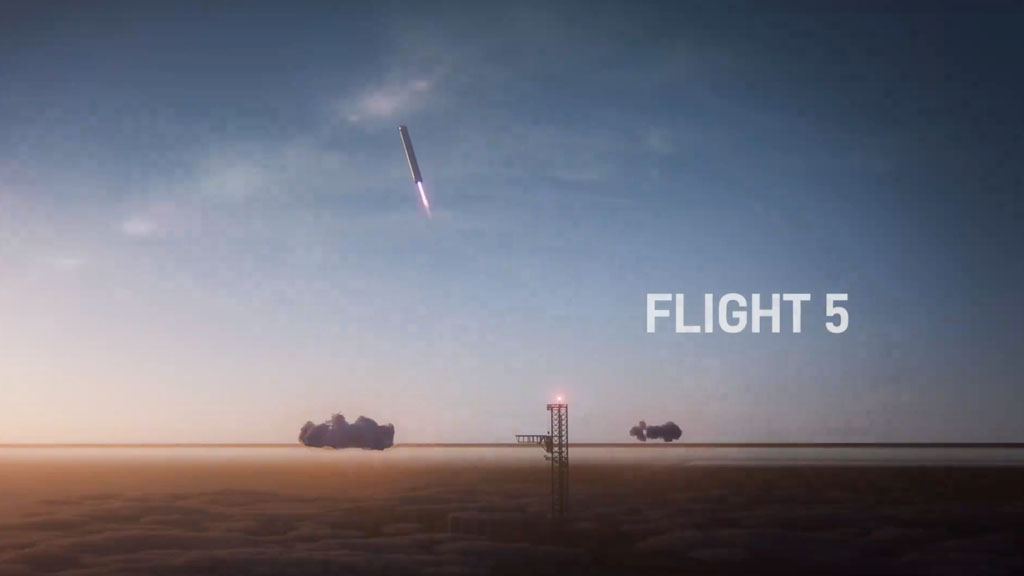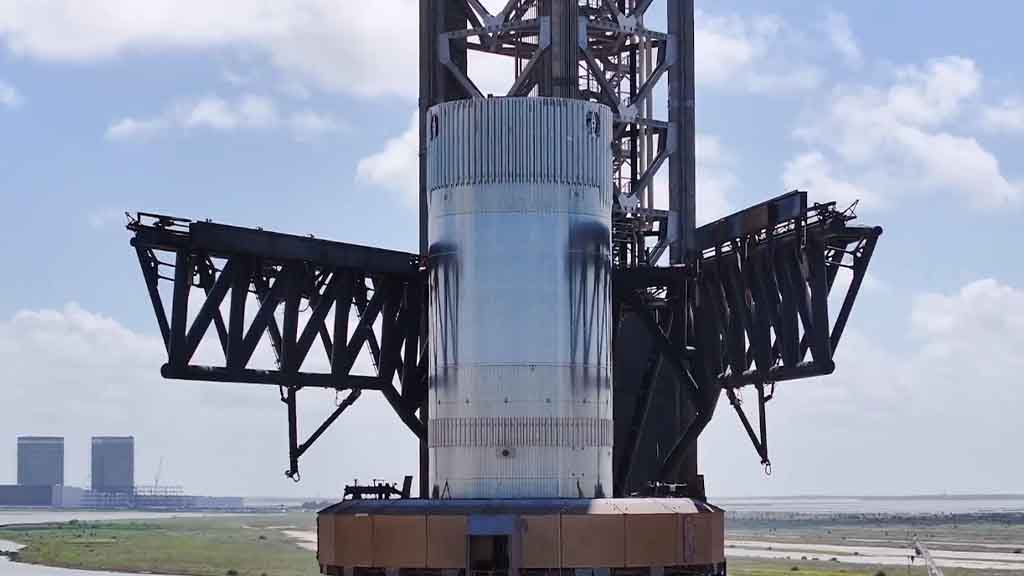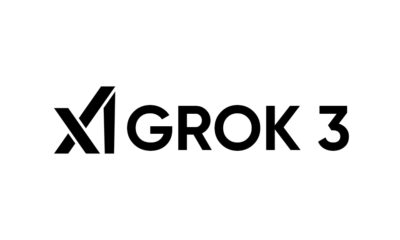SpaceX
SpaceX announces Sonic Boom for Starship 5

SpaceX has announced a sonic boom entrance for the Starship 5 flight when the spacecraft and the super heavy booster return to the landing sites.
A sonic boom is a small, thunder-like sound that triggers when an aircraft or other object travels faster than the speed of sound. Simply put, it announces the return of rockets built for reuse.
The sonic boom’s intensity is based on variable parameters including mass, shape, and size of the object traveling at high speeds as well as altitude and flight path. Weather can also alter the sound of such an event.
Such sound can only be heard on Earth with reusable aircraft such as Falcon 9. It goes like this, when the first-stage booster rocket returns to a landing site, its size and speed generate multiple sonic booms multiple times, simulating thunderclap.
Sonic booms announce the return of rockets and spacecraft built to be reused. With Starship, they’ll signal the arrival of a rapidly reusable future in spaceflight → https://t.co/25MrsXiVQM pic.twitter.com/ap2MlJ1C0P
— SpaceX (@SpaceX) July 29, 2024
SpaceX says Starship’s super heavy is more powerful than Falcon 9 and Flight 4’s data reveals that Starship 5’s booster will create a more powerful sonic boom.
The company says this sound only affects the area beneath the vehicle, which remains vertical while firing the landing burn. It further explains that the sound doesn’t pose any threat or risk of injury to surrounding areas.
It’s one part of the preparations to clear the area surrounding the launch site. Prior to launch, the local government authorities ensure that any flying object must function without impacting the locals.
Starship 5 Objectives and Launch Date
This next flight test aims to achieve two new milestones including the real landing of super heavy and getting the Starship through the max head during descent.
Specifically, anyone should be excited to see the first-ever landing of a super heavy rocket on the launch tower. Tower arms (chopsticks) will catch the vehicle in the air before it finishes the landing burn.

SpaceX Testing Starship Tower Chopstick (Source – SpaceX)
Initially, the launch was planned for early August but the company has postponed it to late August or early September.
(source – SpaceX)












